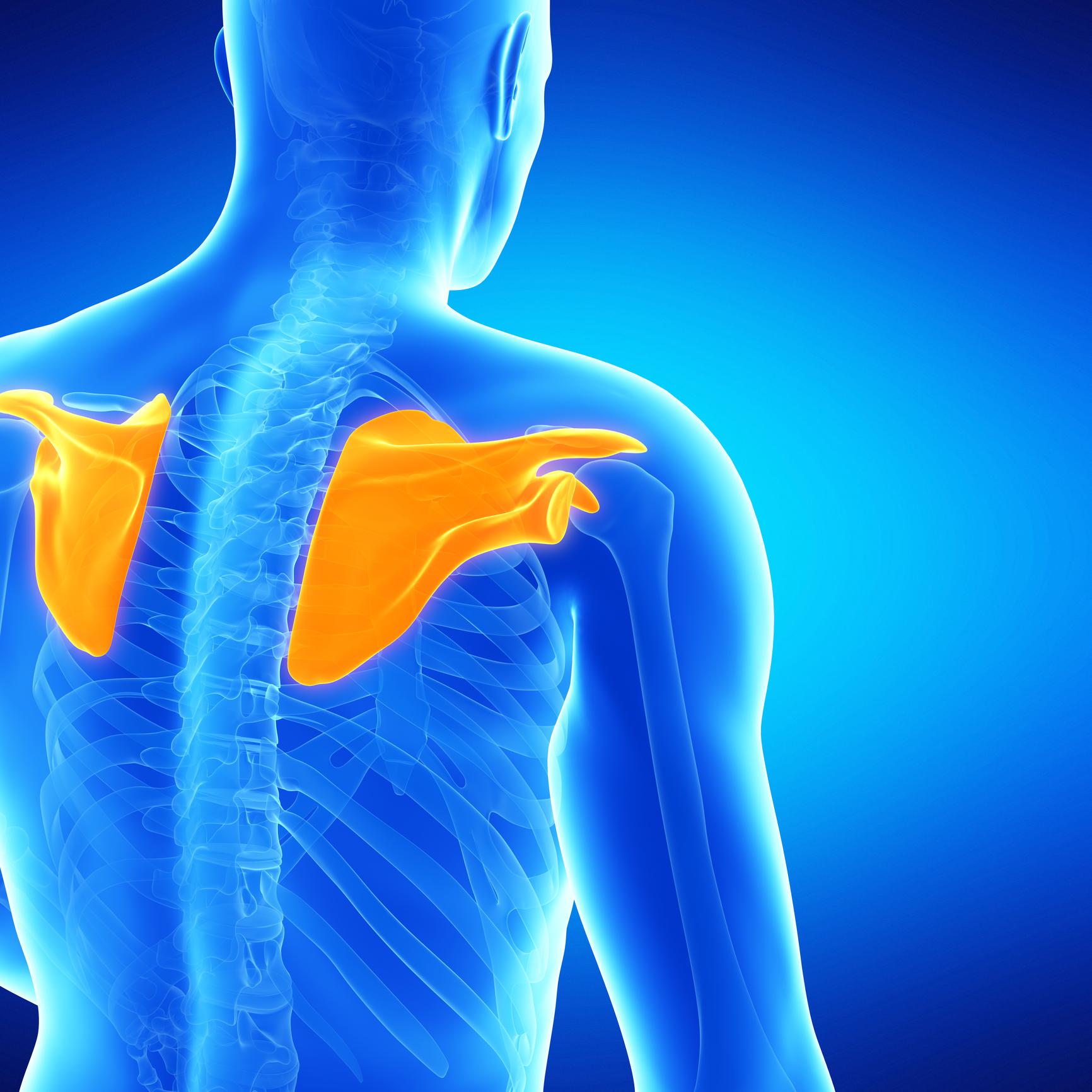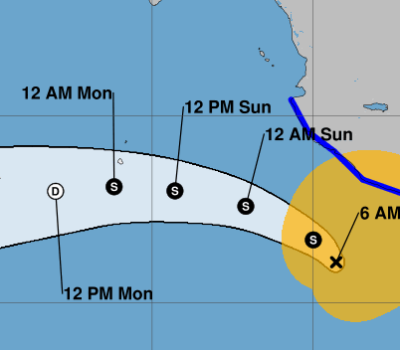This series is designed to give you a basic introduction to how various parts of your body move. Knowing these basics will help you become aware of your movements and move better.
Part I of this series will introduce you to your scapulae, commonly known as shoulder blades. The singular of scapulae is scapula.
Your scapulae are two triangular bones that rest on your upper back on either side of the thoracic spine. Each scapula slides on top of the ribcage. Together the scapulae and the ribcage create a sliding joint.
Note: Don’t confuse “shoulder blade” movement with “shoulder joint” movement. The head of the arm bone moves in a shallow ball-and-socket joint. Its technical name is the glenohumeral joint. But it is commonly called the “shoulder joint.” This can be confusing to newcomers to the language of human body biomechanics. We will cover the movements of the arm bone in another part of this series.
Each scapula slides on top of the rib cage in 6 different directions, in 3 pairs.
You can try these pairs of movements for yourself:
- protraction – round your shoulders forward
- retraction – pinch the shoulder blades toward each other
- elevation – glide the shoulder blades upward toward the ears
- depression – glide the shoulder blades downward toward the hips
- upward rotation – lift the arms overhead (stop this movement if you meet tension or pain or have to compensate with your lower back)
- downward rotation – return the arms down to the sides of your body
When your shoulder blades are moving well, they support your good posture and your breath. Your entire body will move and feel better.
Are you experiencing pain, tightness, or tension in your upper back? Your shoulder blades may not be moving efficiently.
Practice the movements listed above. When you know how your shoulders blades move, you will be able to notice what is working and what is not working. With that awareness, you will be able to create healthier movement patterns.
When your shoulder blades are moving well, they support your good posture and your breath. Your confidence will increase. Your entire body will move better.
Note: Intelligent movement of the shoulder blades can improve musculoskeletal problems. But localized pain in the left shoulder blade could be a sign of a heart attack. Especially in women. If that is happening, seek medical attention immediately.
[Medical Disclaimer: This article contains information intended to assist you in improving your health and overall well-being. However, the information presented is offered only as-is for informational and educational purposes. It is not a substitute for the professional judgment of a medical professional.]
This series is designed to give you a basic introduction to how various parts of your body move. Knowing these basics will help you become . . .












